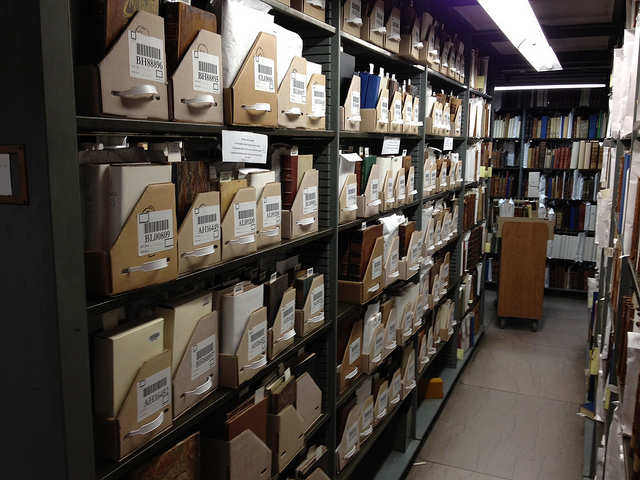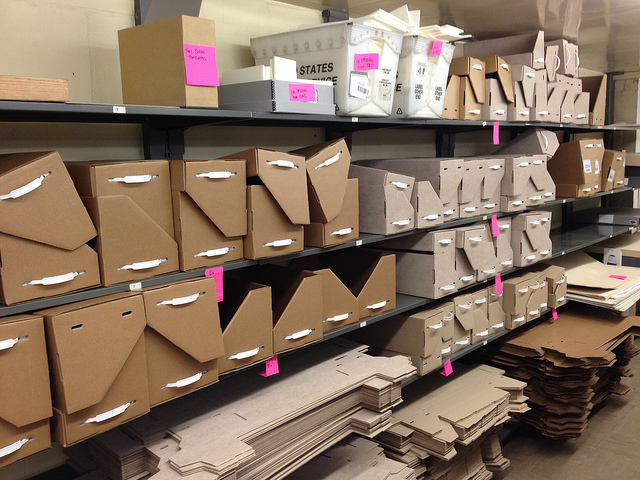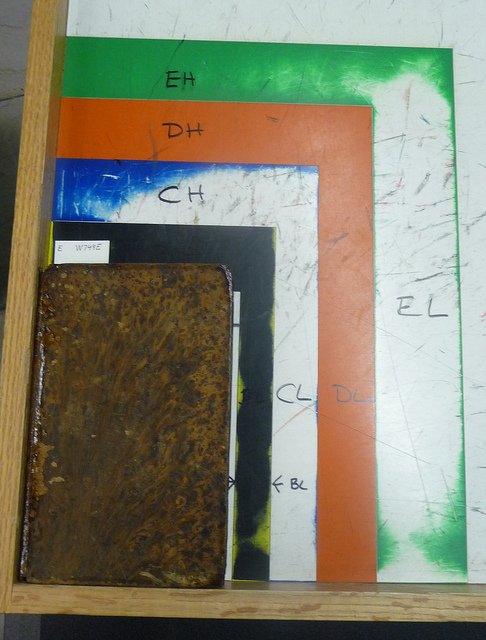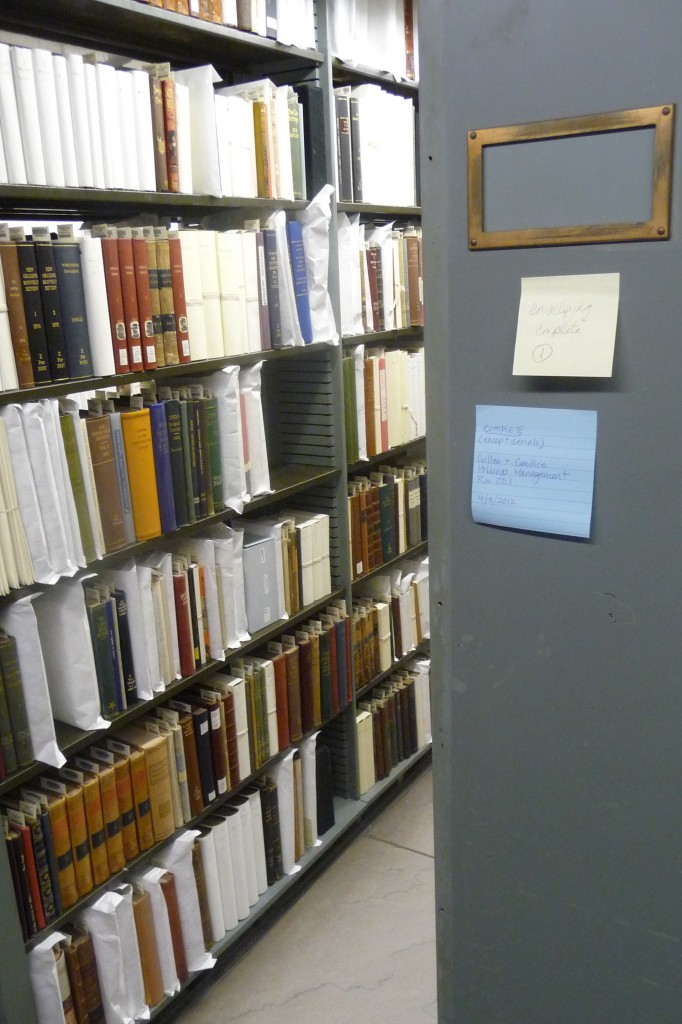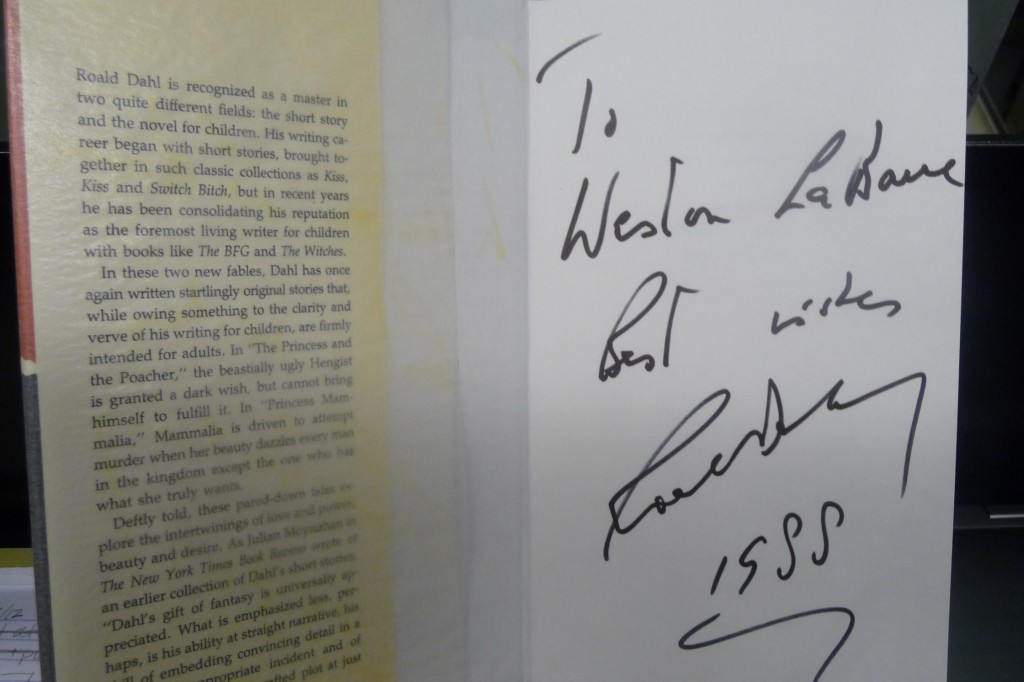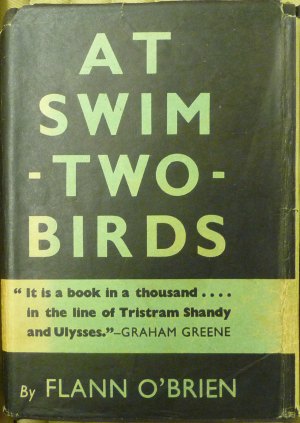 To celebrate the holiday season this week, we’re highlighting a few of the many wonderful books that the Rubenstein Library has received as gifts over the past year. We are truly grateful for the generosity of our donors. A hearty “Happy holidays” and thanks and to all of those who have contributed to making 2013 a wonderful year for the Rubenstein Library!
To celebrate the holiday season this week, we’re highlighting a few of the many wonderful books that the Rubenstein Library has received as gifts over the past year. We are truly grateful for the generosity of our donors. A hearty “Happy holidays” and thanks and to all of those who have contributed to making 2013 a wonderful year for the Rubenstein Library!
A donation from Duke Professor of French Studies Helen Solterer features rare and iconic works of Irish and American literature. These volumes came from the library of Elizabeth Solterer, whose father, Constantine Curran, was a friend of James Joyce, W. B. Yeats, and other important figures in twentieth-century Irish literature.
The donation includes a very rare first edition, first printing of At Swim-Two-Birds by Flann O’Brien (the pseudonym of Brian O’Nolan). The book’s publication was poorly timed, appearing a few months before Great Britain declared war on Germany in 1939. Only 240 or so copies were sold before most of the unsold stock was destroyed in a London bombing raid by the German Luftwaffe in 1940. Its reputation as a groundbreaking and hilarious work of comedic metafiction has grown from a small cult following, and it now features regularly in lists of best English-language novels and novels of the twentieth century. Copies of the edition printed before World War II are exceptionally rare, especially in the original dust jacket, present on the copy now at the Rubenstein Library.
Another highlight of the donation is a 1934 edition of the Collected Poems of William Butler Yeats featuring two handwritten lines of his poem “Into the Twilight” and his signature, dated to December 1935.
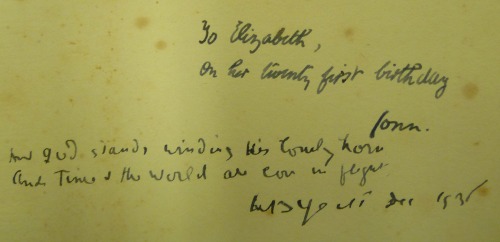 Other books in the donation include signed works by Robert Frost and Henry James. We thank Prof. Solterer for this marvelous donation!
Other books in the donation include signed works by Robert Frost and Henry James. We thank Prof. Solterer for this marvelous donation!



